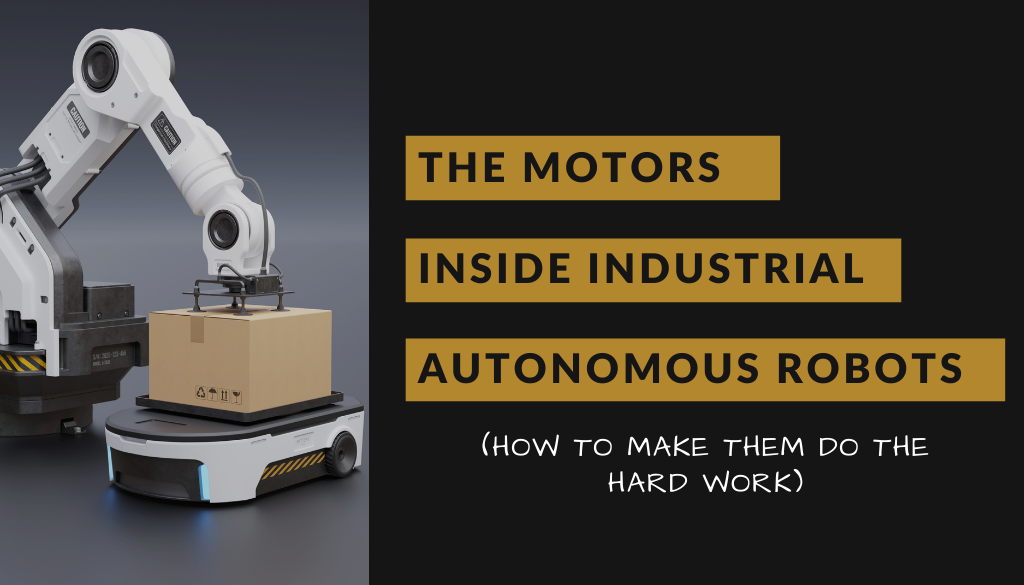
Have you ever wondered how robots work? Are they just machines programmed to do specific tasks, or is there something more to them? In this article, we will delve into the world of robots and explore how they function.
What are Robots?
Before we dive into the mechanics of how robots work, let’s define what they are. A robot is a machine designed to carry out specific tasks autonomously or with minimal human intervention. Robots can be programmed to perform a wide range of functions, from manufacturing and assembly to exploration and space missions.
How Do Robots Move?
One of the essential components of a robot is its ability to move. Robots can move in several ways, depending on their design and intended function. Here are some common methods of robot movement:
Wheels
Wheeled robots are perhaps the most common type of robot. They use wheels to move around and navigate their environment. Some wheeled robots, such as the Roomba vacuum cleaner, are designed to move randomly around a room, while others are programmed to follow a specific path.
Legs
Legged robots, as the name suggests, use legs instead of wheels to move around. They are often used in environments where wheeled robots would struggle, such as uneven terrain or stairs. Legged robots can have various leg configurations, from two legs to six or more.
Tracks
Robots with tracks use a continuous track system to move around. They are often used in rough terrain or outdoor environments. Military tanks and construction equipment are examples of robots that use tracks.
Arms
Robots with arms are designed to perform tasks that require dexterity and precision. They are often used in manufacturing and assembly, where they can pick up and manipulate objects. Some robots with arms, such as the da Vinci surgical system, are used in medical procedures.
How Do Robots Think?
Robots are programmed to think and make decisions based on the information they receive from their sensors. They use a combination of hardware and software to process data and determine the best course of action. Here are some of the key components of a robot’s “brain”:
Sensors
Sensors are devices that allow robots to gather information about their environment. Some common types of sensors used in robots include cameras, microphones, and infrared sensors.
Processors
A robot’s processor is like its brain. It is responsible for processing data from the robot’s sensors and making decisions about what actions to take. Processors can range from simple microcontrollers to complex computer systems.
Programming
Robots are programmed to perform specific tasks, and the software they use plays a crucial role in how they think and act. Programmers use languages like C++ and Python to write code that tells the robot what to do.
How Do Robots Learn?
While robots are programmed to perform specific tasks, they can also learn and adapt to new situations. Here are some ways that robots can learn:
Machine Learning
Machine learning is a type of artificial intelligence that allows robots to learn from data. By analyzing large amounts of data, robots can improve their performance and make better decisions.
Reinforcement Learning
Reinforcement learning is a subset of machine learning that focuses on teaching robots how to make decisions based on rewards and punishments. By rewarding the robot for good behavior and punishing it for bad behavior, it can learn to make better decisions.
Human Interaction
Robots can also learn from human interaction. By observing how humans perform tasks, robots can learn how to do them themselves. This is especially useful in fields like medicine and surgery, where robots can learn from the actions of skilled surgeons.
Conclusion
Robots are fascinating machines that have the potential to revolutionize many industries. By understanding how they work, we can better appreciate their capabilities and potential. From their movement to their decision-making processes, robots are complex machines that are constantly evolving and improving. Who knows what the future holds for these amazing machines?
Email- contact@devopsschool.com

 Starting: 1st of Every Month
Starting: 1st of Every Month  +91 8409492687
+91 8409492687  Contact@DevOpsSchool.com
Contact@DevOpsSchool.com
